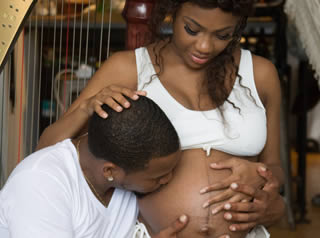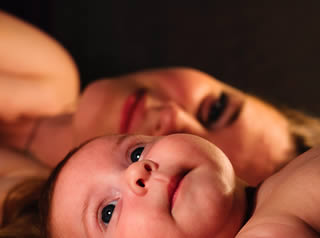Search For Pelvic Floor Treatments, Physical Therapy, and More
Assuming urinary is required, and incontinence is required, the following 121 results were found.

as well. Pelvic Floor Therapy Pelvic floor therapy can help with common menopausal pelvic health issues including urinary incontinence, bowel issues, pain with sex, and pelvic pain. Urinary Incontinence Losing urine when with coughing, sneezing, and...
- Type: Article
- Author: Staff
- Category: Blog
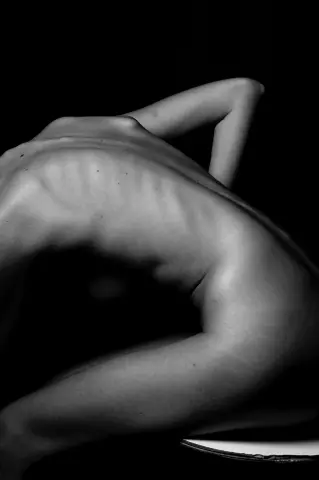
timed to your sudden cough or sneeze, or the confirmation you’ve pushed that pigeon pose a little too far. Stress Urinary Incontinence (SUI) – involuntary leakage that occurs with increases in intra-abdominal pressure – is one of the more frustrating...
- Type: Article
- Author: Heather Jeffcoat, DPT
- Category: Blog
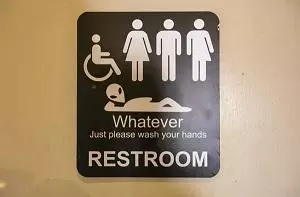
that they have experienced one or more Lower Urinary Tract Symptoms (LUTS)1. More than ½ of American women report urinary incontinence (UI), and approximately 17% of women over the age of 18 years report symptoms of overactive bladder (OAB)2, 3. It is...
- Type: Article
- Author: Staff
- Category: Blog

are so great, it’s important to first understand the differences between the types of incontinence we treat: Stress Urinary Incontinence (SUI): This is involuntary bladder leakage that occurs during coughing, sneezing, laughing or exercise. This is also...
- Type: Article
- Author: Heather Jeffcoat, DPT
- Category: Blog

What are Pelvic Organ Prolapse and Urinary Incontinence? What is the biggest risk factor for both conditions? And how can you tell if you have them? Not sure? You’re not alone. In fact, one research study found women actually know more about erectile...
- Type: Article
- Author: Heather Jeffcoat, DPT
- Category: Blog

to return to activity in a safe, leak-free and pain-free manner. Between 6 and 31% of postpartum women experience urinary incontinence. In addition, 66% of those who experience urinary incontinence during pregnancy and/or their first 3 months of...
- Type: Article
- Author: Heather Jeffcoat, DPT
- Category: Blog
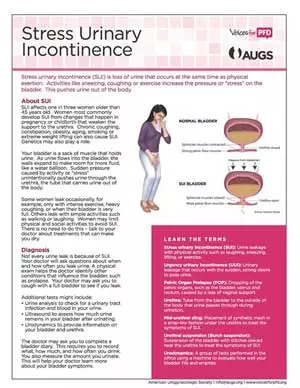
Incontinencehttps://feminapt.com/diagnoses/incontinence
electrical stimulation as appropriate to enhance pelvic floor rehabilitation. Types of incontinence include: Stress Urinary Incontinence An involuntary loss of urine with physical exertion (while coughing, sneezing, lifting, positional changes etc.)...
- Type: Article
- Author: Heather Jeffcoat, DPT
- Category: What We Treat

but they don’t work” International Journal of Childbirth Education, June 2009 Heather Jeffcoat, DPT Post-partum urinary incontinence is a common problem. But is it normal to experience urinary incontinence after you've delivered a baby? There is a...
- Type: Article
- Author: Heather Jeffcoat, DPT
- Category: Published Articles

are weak, they can start to cause issues with any of these functions. Common signs of a weak pelvic floor include urinary incontinence, fecal (or bowel) incontinence, feeling of pelvic heaviness or pelvic organ prolapse, as well as low back or hip pain....
- Type: Article
- Author: Debbie Dy, PT, DPT
- Category: Blog

Get Fit Without Leaking!https://feminapt.com/blog/get-fit-without-leaking
to control of their bladders and experience urine leakage during physical activity, otherwise known as stress urinary incontinence (SUI). So what makes certain exercises more leak-prone? Which exercises put less stress on your pelvic floor? Read on to...
- Type: Article
- Author: Staff
- Category: Blog

